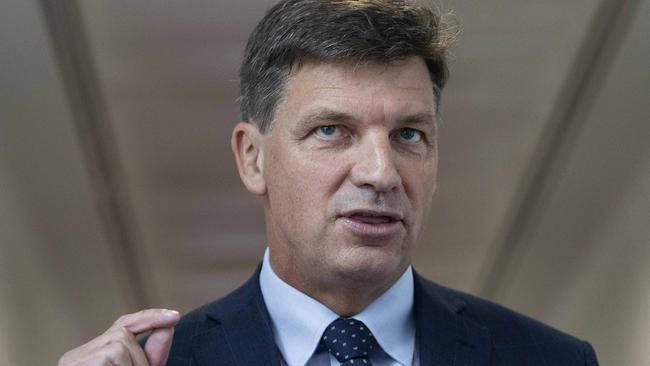Brakes on green car subsidies proposal
European-style subsidies for green cars will be rejected under the government’s low-emissions vehicle strategy.

European-style subsidies for green cars will be rejected under the government’s low-emissions vehicle strategy, which will prioritise the national rollout of charging and hydrogen refuelling stations, move hybrids and electric vehicles into commercial fleets and integrate EV batteries into the electricity grid.
The Future Fuels discussion paper, released on Friday, warns against electric vehicle industry calls for subsidies to accelerate the take-up of battery-run cars, suggesting they don’t “represent value for taxpayer money”.
Under the plan, which does not set a target for low-emissions vehicles, the government will adopt a “fleets first” approach across the private and public sectors to drive the green car market, with 40 per cent of light vehicles sold to businesses last year.
The strategy to drive down transport emissions, combined with technology investment, are viewed as government priorities ahead of the Glasgow UN Climate Change Conference in November.
The Future Fuels discussion paper, which will be open to industry and stakeholder submissions until April 2 with the final strategy finalised by mid-year, projects electric vehicle sales will reach 26 per cent of annual new vehicle sales by 2030.
With global vehicle manufacturers accelerating low-emissions technologies, including plug-in hybrid, battery and hydrogen fuel cell electric vehicles, the government warns that closing the total cost of ownership gap with subsidies would cost taxpayers between $195 and $747 per tonne of carbon-dioxide equivalent.
European countries, including Norway, Denmark and Ireland, have offered cash grants and tax breaks to motorists who take up electric and hybrid vehicles, with Britain last year allocating more than $1bn in subsidies for electric vehicle buyers and to boost the number of charging stations.
“The high cost of abatement for electric vehicles will decline as the upfront price of battery electric vehicles reduces. Providing government subsidies for battery electric vehicles at this high cost would not represent value for money for taxpayers,” the discussion paper said.
During the 2019 election campaign, the Coalition attacked Labor over its target of 50 per cent of all new car sales to be electric by 2030, accusing Bill Shorten of “taking away” tradies’ utes.
Energy Minister Angus Taylor said the government would support a “natural uptake” of low- and zero-emissions vehicles and not force Australians into electric and hybrid cars. Mr Taylor said modelling showed Labor’s electric vehicle policy at the last election would have increased the price of cars by up to $4863.
“Australians are already making the choice to switch to new vehicle technologies where it makes the most economic sense, with hybrid sales doubling last year,” Mr Taylor said. “We are optimistic about how quickly the technology cost will reduce for other electric vehicles compared to traditional cars, making it an easier choice for consumers.”
Mr Taylor said the discussion paper showed that closing the gap through subsidies was an “expensive form of abatement”. “Depending on the vehicle type and use, this would cost up to $747 per tonne of carbon dioxide equivalent or up to around $8000 over the life of a vehicle. Fleets is where this gap will close first,” he said.
He said the strategy would be underpinned by “significant government investment” and prepare for the shift to low-emissions vehicles by “making sure our electricity grid is ready for these new technologies”, with a focus on shifting charging times for EVs away from peak periods.
Mr Taylor on Friday will announce a new trial of 176 homes in Victoria, Tasmania and the ACT, monitoring users’ charging habits to “understand the network conditions and impact of EVs on the grid in real time”.




To join the conversation, please log in. Don't have an account? Register
Join the conversation, you are commenting as Logout